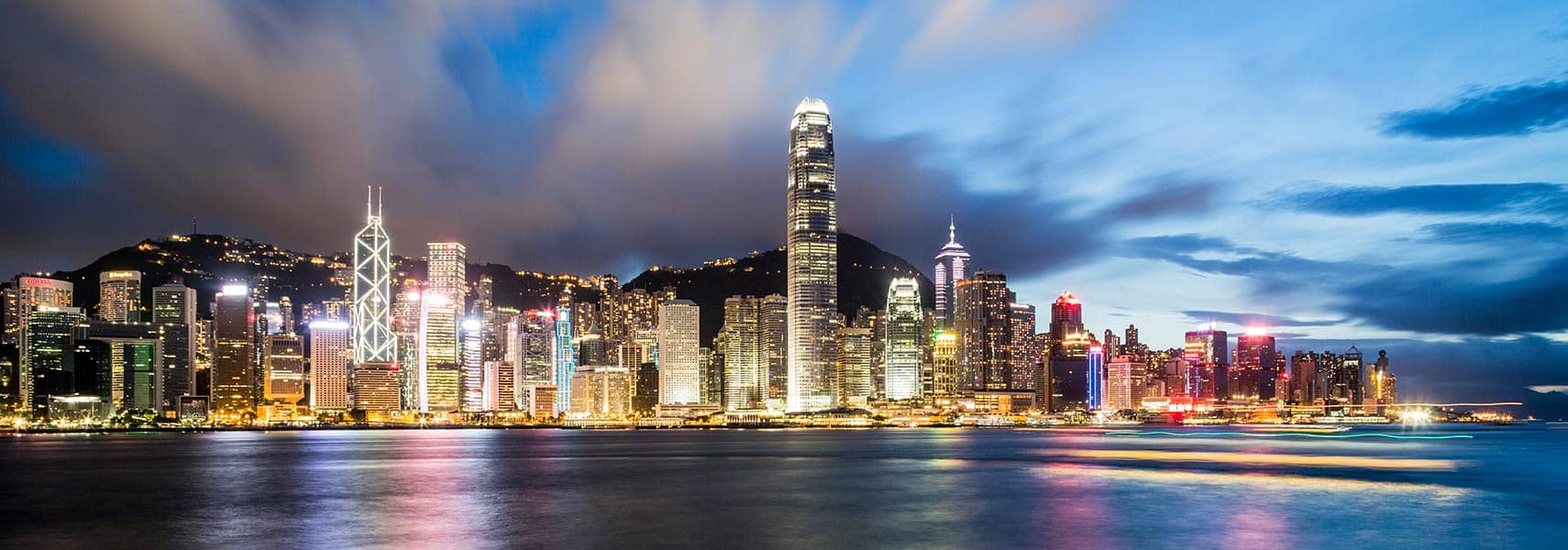Exploring the Vibrant Culture and History of Hong Kong
Hong Kong, also known as Xianggang, translates to "Fragrant Harbor." This remarkable territory boasts a rich history and stunning landscapes. For over 150 years, it served as a British Crown colony, before the British returned control to China in 1997. Since that pivotal year, Hong Kong has operated as a Special Administrative Region (SAR) of China, showcasing a unique governmental and cultural synthesis. Encompassing an approximate area of 1,106 km², Hong Kong outshines itself as a global hub for finance, trade, and tourism.
Geographical Significance of Hong Kong
Geographically, Hong Kong lies on the Pearl River Delta, south of Guangdong Province and adjacent to the bustling city of Shenzhen. Surrounded by the South China Sea, it offers a stunning backdrop that attracts visitors from around the globe. The territory consists of several regions, including the Kowloon Peninsula, which connects with the mainland. Additionally, Lantau Island, home to the famous Big Buddha, offers scenic hikes and lush landscapes. Meanwhile, the vibrant and densely populated Hong Kong Island represents the urban heart of the region, with its towering skyscrapers and lively atmosphere.
Population and Demographics
As of 2020, Hong Kong boasts a diverse population exceeding 7.5 million residents. This multicultural society thrives on a blend of Eastern and Western customs, creating a truly cosmopolitan environment. Two official languages, Chinese (primarily Cantonese) and English, facilitate communication among various ethnic groups. Notably, the city's educational institutions continue to attract international students, further diversifying its cultural landscape. Visitors often appreciate how the fusion of cultures influences everything from culinary experiences to popular festivals.
A Glimpse into Hong Kong's History
History records that Hong Kong first fell under British control in 1841 and was officially ceded to the UK a year later. Over the next century, the British expanded the territory, adding nearby lands and outlying islands. With the signing of the Sino-British Joint Declaration in 1984, Hong Kong transitioned to the SAR framework, a system that promises autonomy until at least 2047. This agreement has allowed Hong Kong to maintain its distinct legal and economic systems, which differ from mainland China.
The Unique Political Framework of Hong Kong
Post-1997, Hong Kong functions as an autonomous region within China. The political system incorporates limited democracy, where the territory's Chief Executive leads the government. This individual is not directly elected by the populace; instead, an electoral committee representing a mere fraction of Hong Kong's citizens selects the Chief Executive. This unique political arrangement arises from the "one country, two systems" principle that aims to harmonize governance while preserving Hong Kong's democratic framework.
Economic Landscape of Hong Kong
Hong Kong stands as a powerful financial and manufacturing center. The city's economy thrives due to its strategic location and excellent deepwater harbor, facilitating international trade. Industries span from finance and banking to tourism and retail, emphasizing its status as a global economic powerhouse. The presence of multinational corporations illustrates Hong Kong's importance in the world of finance. With the Stock Exchange of Hong Kong serving as a significant platform, local and international businesses actively engage in commerce.
Hong Kong's Architectural Marvels
The skyline of Hong Kong enchants visitors and locals alike, featuring towering skyscrapers and iconic structures. Notable landmarks include the International Commerce Centre (ICC) and the Bank of China Tower, which showcase stunning architectural designs. These edifices symbolize Hong Kong's rapid development and growth since the late 20th century. Additionally, the city's blend of modern architecture and traditional temples reflects its unique character, standing out on the global stage.
Tourism and Attractions in Hong Kong
Hong Kong attracts millions of tourists every year with its rich offerings. Attractions range from bustling street markets to serene parks. The famous Victoria Peak provides panoramic views of the city and harbor, making it a must-see for visitors. Cultural sites such as the Tian Tan Buddha and Wong Tai Sin Temple offer insights into local traditions and beliefs. Moreover, the city's vibrant nightlife, with an array of restaurants, bars, and night markets, ensures that there is never a dull moment.
Delightful Culinary Scene
The culinary scene in Hong Kong reflects its multicultural roots. Visitors encounter a melting pot of flavors, from traditional Cantonese dishes to international cuisines. Dim sum, characterized by its delightful small plates, represents a culinary highlight. Street food stalls offer quick and tasty bites, allowing visitors to savor local specialties. The city's food culture not only satisfies the palate but also brings people together, forming an essential aspect of Hong Kong's identity.
Conclusion: The Future of Hong Kong
As Hong Kong strides into the future, the balance between its rich heritage and modern aspirations continues to evolve. The Hong Kong SAR remains a vital city that showcases the harmony between Eastern and Western influences. With ongoing developments in finance, technology, and tourism, it promises to maintain its status as a prominent hub on the world stage. Ultimately, the spirit of Hong Kong endures—a vibrant testament to resilience, innovation, and multiculturalism.
Largest cities of: Hong Kong
| City Name | Population | Year of foundation | |
| Hong Kong | 7,493,000 | 1842 | |
| Kowloon City | 2,880,000 | 1898 | |
| Hong Kong Island | 1,800,000 | 1841 | |
| Tsuen Wan | 292,000 | 1970 | |
| Sha Tin | 250,000 | 1970 | |
| Yuen Long | 210,000 | 1842 |


